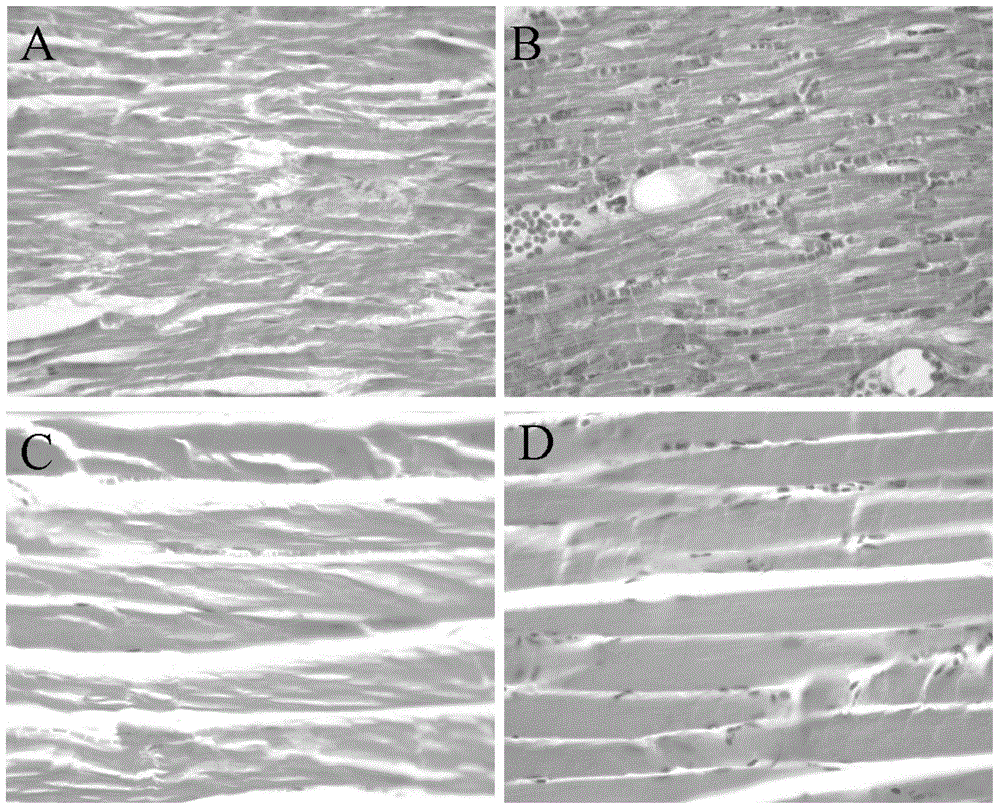Novel cadaver specimen preserving fluid
A technology for preserving solutions and specimens, which is applied in the fields of medicine and teaching, and can solve the problems of high cost of glycerin, short maintenance time of effective concentration, and unsuitability for large specimen preservation.
- Summary
- Abstract
- Description
- Claims
- Application Information
AI Technical Summary
Problems solved by technology
Method used
Image
Examples
Embodiment Construction
[0008] The following in conjunction with specific embodiments is intended to further illustrate the present invention, rather than limit the present invention.
[0009] According to the raw material composition determined in the present invention, phenoxyethanol is first dissolved in distilled water, and then potassium sorbate, vitamin C, thymelic acid, sodium chloride and ferric chloride are added respectively.
[0010] The inventor uses formalin (10% formaldehyde) solution (A 1 Liquid) and the antiseptic perfusate of the present invention (B 1 solution) to fix myocardial tissue and skeletal muscle tissue, and after one and a half years, observe the structural changes of histomorphology under a light microscope, and conduct a comparative study. The results are shown in the attached figure 1 and Table 1.
[0011] Table 1 Comparison results of tissue structure under light microscope
[0012]
PUM
 Login to View More
Login to View More Abstract
Description
Claims
Application Information
 Login to View More
Login to View More - R&D
- Intellectual Property
- Life Sciences
- Materials
- Tech Scout
- Unparalleled Data Quality
- Higher Quality Content
- 60% Fewer Hallucinations
Browse by: Latest US Patents, China's latest patents, Technical Efficacy Thesaurus, Application Domain, Technology Topic, Popular Technical Reports.
© 2025 PatSnap. All rights reserved.Legal|Privacy policy|Modern Slavery Act Transparency Statement|Sitemap|About US| Contact US: help@patsnap.com


